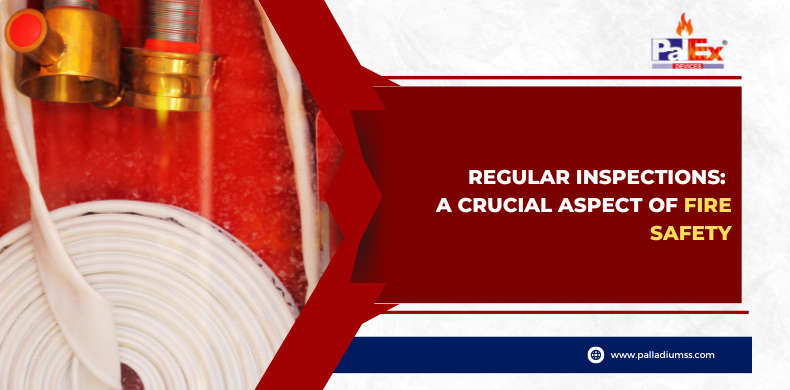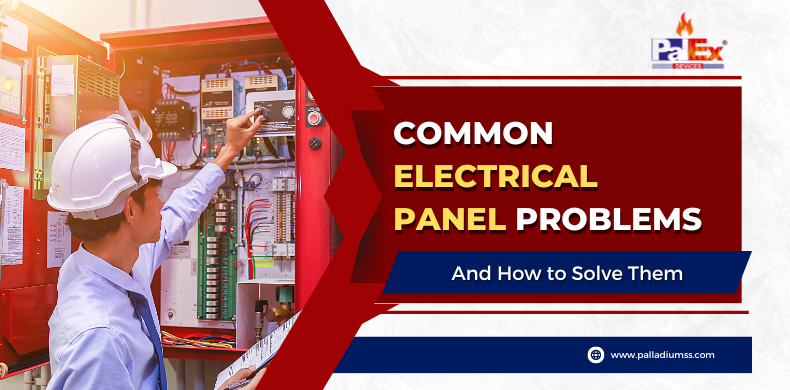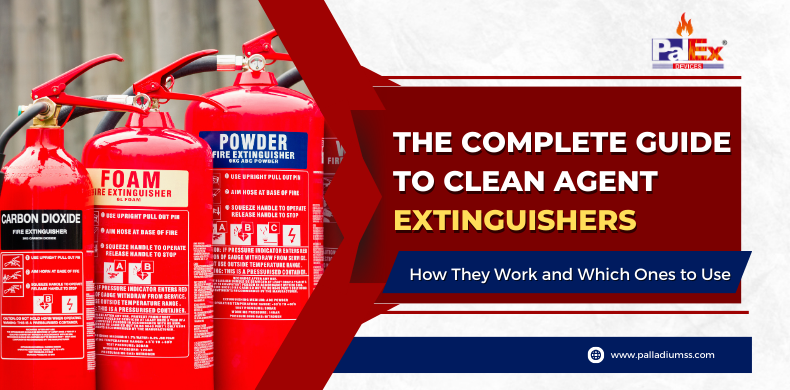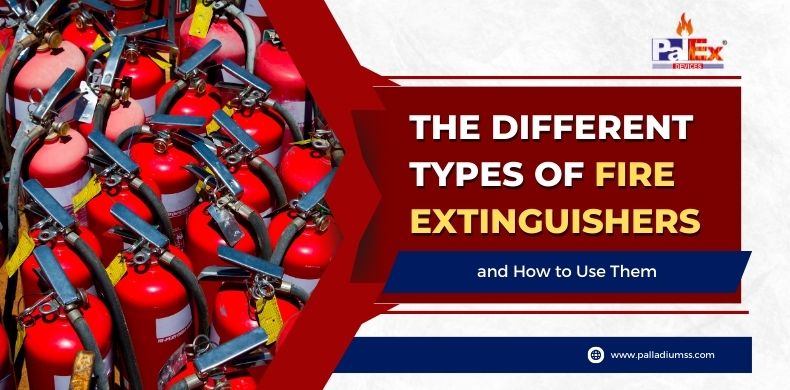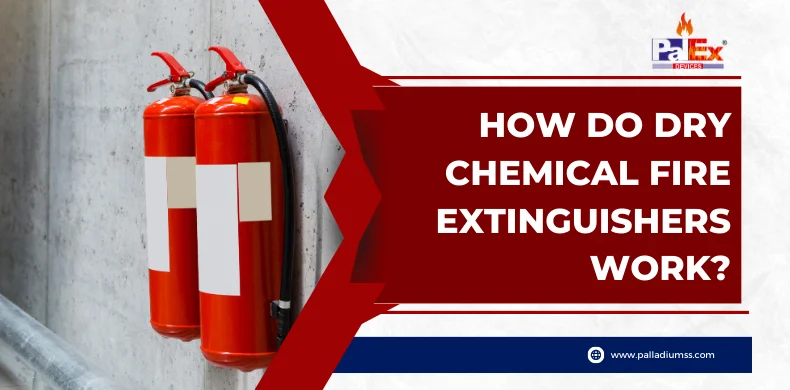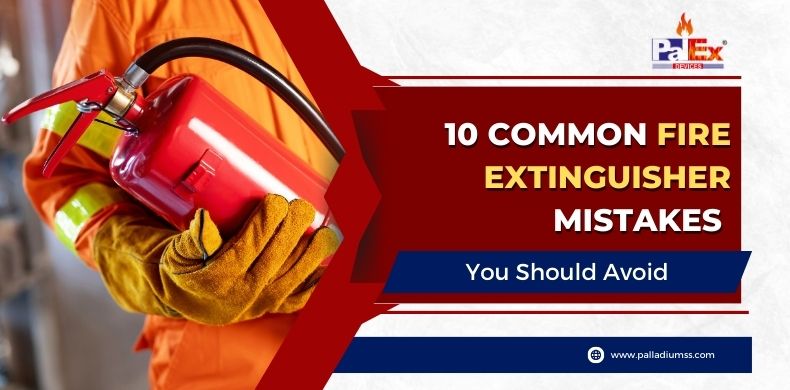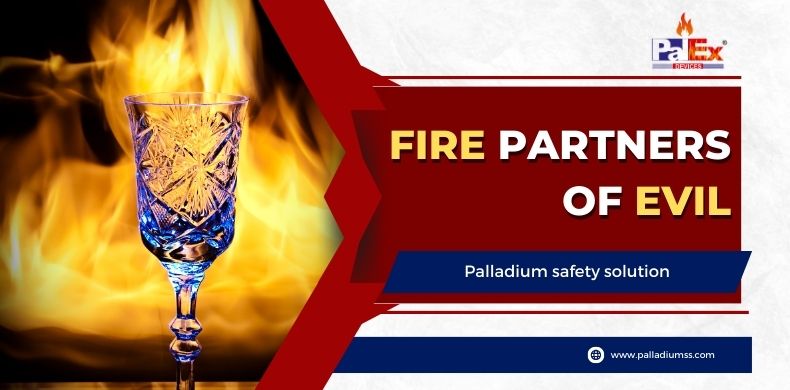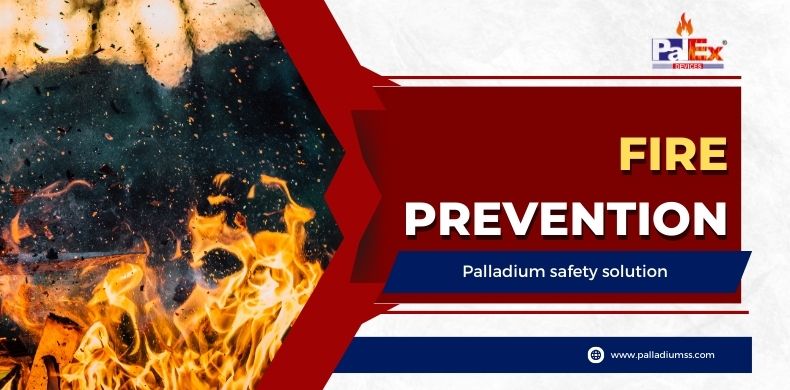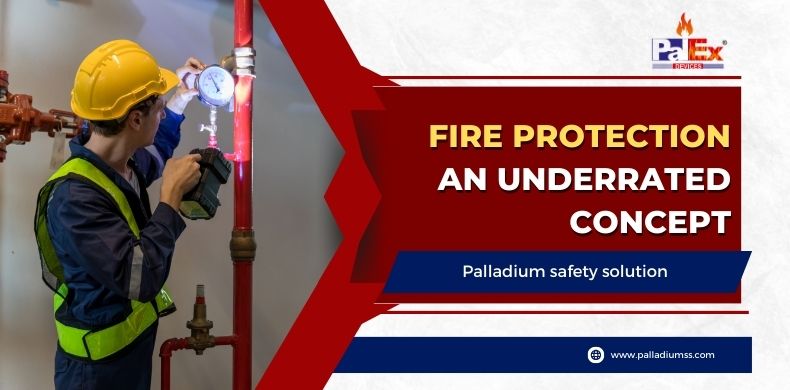Fire safety is something that no one should take lightly. Fires can happen anytime, anywhere – even in places we consider safe, like offices or schools. While active fire protection systems like alarms and sprinklers are meant to contain fires when they do occur, nothing beats preventing fires in the first place through diligent fire safety inspections.
Regular and thorough fire safety inspections by qualified professionals are a crucial aspect of any fire protection program. They help minimize, if not eliminate, potential fire hazards. Inspections ensure that existing fire protection systems and equipment are up to code and in proper working order. They also help in getting violations or problems noted and corrected well before a fire breaks out, thereby upholding the safety of people and property.
Simply put, fire inspections save lives. They deter fires and enable quicker and safer evacuation when fires do happen despite all precautions. In that sense, regular fire safety inspections are the bedrock of fire security in any premises.
Why Fire Safety Inspections Matter?
The purpose of fire inspections is to identify the various existing and/or potential fire and life safety hazards in a premises so that prompt corrective measures can be undertaken before the hazards lead to a disaster.
Inspections help uncover deficiencies (missing or inaccessible fire equipment like alarms, exhaust hoods, and fire extinguishers) as well as detect issues that could compromise the functioning of fire protection infrastructure. These could be anything from expired fire extinguishers, inoperative smoke alarms, blocked fire escapes, and non-compliant electrical wiring to the absence of trained safety wardens. Some premises may not even have a physical infrastructure or evacuation plan that supports safe and quick escape in case of fire. Regular fire safety inspections help uncover such discrepancies that undermine fire protection.
In addition, inspections ascertain that all fire safety regulations mandated by local authorities are being followed. This ensures that the premises stay in active regulatory compliance. It should not come as a surprise that premises with prior reported fire safety violations or discrepancies are more prone to fires compared to others. In fact, statistics show that fires in buildings that had been inspected in the past year resulted in considerably less damage compared to blazes in non-inspected properties.
Scope of Fire Safety Inspections
Comprehensive fire inspections scrutinize all fire prevention and mitigation aspects of a building’s premises. Some of the key areas covered in a typical fire inspection are:
- Emergency preparedness – This covers the evacuation plan, signage and accessibility of exits, the presence of appropriate firefighting equipment, and whether fire drills are conducted regularly.
- Electrical safety – Points of inspection include wiring, overloading of circuits and electrical panels, use of extension cords, etc. Improper wiring or overloading electrical circuits is a prime cause of fires.
- Flammable storage and housekeeping – Inspects if flammable materials like chemicals and gases are safely stored to prevent accidental fire. Also, note if there are combustible waste materials lying around that could fuel a blaze through spontaneous ignition.
- Commercial cooking areas – Scrutinizes commercial kitchens and cooking areas since cooking equipment like deep fryers, stovetops, and ovens often cause fires if left unattended or uncleaned. Checks for fire-suppressing appliances over cooking areas.
- Fire protection systems – Checks for defects or maintenance issues with fire extinguishers, fire alarm panels and detection equipment, standpipe systems, automatic sprinklers, and other water-based fire suppression systems, etc. Each system has specific inspection and maintenance protocols to be followed.
Fire safety requirements differ across various premises. So, the specific inspection criteria also accordingly vary for offices, schools, factories, warehouses, hospitals, laboratories, hotels, theaters, and so on. But all inspections include general and area-specific scrutiny of fire hazards and protection systems alike.
Conducting Fire Safety Inspections
Fire inspections may be undertaken by the fire department, an external licensed inspector, or internally by members of a designated fire response team. In some countries and states, the law requires all public buildings and commercial businesses to undergo periodic fire inspections.
Fire departments usually initiate external inspections once or twice a year in all commercial premises under their administrative jurisdiction. In some places, businesses also reach out to licensed private contractors to inspect their premises periodically to maintain compliance. Companies ‘ internal fire prevention teams also conduct their own routine inspections to monitor risks in different areas, enforce fire codes and operational discipline among employees, and report potential issues to senior management. Whoever conducts the inspection should have the necessary certifications and domain experience.
Promoting a Culture of Self-Compliance
Beyond just following external recommendations and local fire codes, organizations must proactively motivate their employees to consistently self-inspect their office spaces, workstations, and equipment for any fire risks. Creating a positive safety culture is indispensable for minimizing fire hazards.
Bottom Line
Regular fire safety inspections are thus an integral part of fire preparedness. They help plug the vulnerabilities, upgrade infrastructure, and streamline emergency response to effectively preempt fire incidents and ensure rapid and safe evacuation during fires. Therefore, never underestimate the importance of a comprehensive and periodic fire safety inspection regime – it could make all the difference between escape and disaster someday.

